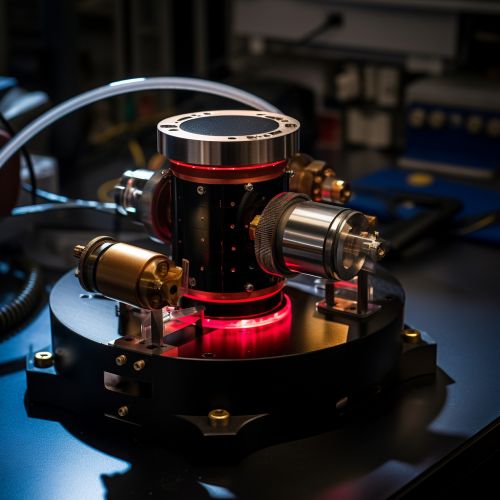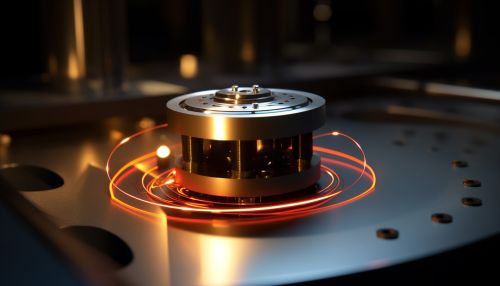Quantum Computing with Quantum Optomechanical Sensors
Introduction
Quantum computing is a rapidly evolving field that leverages the principles of quantum mechanics to perform computational tasks. One of the key components of quantum computing is the quantum optomechanical sensor, a device that combines the principles of optics and mechanics at the quantum level. These sensors are critical in the development and operation of quantum computers, providing a means of manipulating and measuring quantum states.
Quantum Computing
Quantum computing is a type of computation that uses quantum bits, or qubits, instead of the traditional binary bits used in classical computing. Qubits can exist in a superposition of states, allowing them to perform multiple computations simultaneously. This property, along with entanglement and quantum interference, gives quantum computers their potential for exponentially greater computational power than classical computers read more.
Quantum computers operate using the principles of quantum mechanics, a branch of physics that describes the behavior of particles at the quantum level. Quantum mechanics is characterized by phenomena such as superposition and entanglement, which are leveraged in the operation of quantum computers read more.
Quantum Optomechanical Sensors
Quantum optomechanical sensors are devices that use the interaction of light with mechanical motion to measure or manipulate quantum states. These sensors are a key component of quantum computers, providing a means of reading and writing information to qubits.
The operation of quantum optomechanical sensors is based on the principles of quantum optomechanics, a field that studies the interaction of light with mechanical systems at the quantum level. Quantum optomechanics is a subset of quantum optics, which deals with the quantum properties of light read more.
Quantum optomechanical sensors operate by coupling a mechanical oscillator to an optical cavity. The mechanical oscillator can be a tiny mirror or a nanoscale beam, while the optical cavity is a space between two mirrors where light can bounce back and forth. When light enters the cavity, it interacts with the mechanical oscillator, causing it to move. This movement can be used to measure or manipulate quantum states.


Applications of Quantum Optomechanical Sensors in Quantum Computing
Quantum optomechanical sensors have a wide range of applications in quantum computing. They can be used to read and write information to qubits, to perform quantum error correction, and to facilitate quantum communication.
One of the key applications of quantum optomechanical sensors is in the readout of qubits. The sensors can measure the state of a qubit without destroying it, a process known as quantum non-demolition measurement. This is critical for the operation of quantum computers, as it allows the state of the qubits to be read while preserving their quantum information read more.
Quantum optomechanical sensors can also be used to perform quantum error correction, a process that corrects errors in the quantum states of qubits. Quantum error correction is essential for the operation of quantum computers, as it ensures the accuracy of the computations read more.
In addition, quantum optomechanical sensors can facilitate quantum communication, a method of transmitting information using quantum states. Quantum communication is secure and can transmit information faster than classical communication methods read more.
Conclusion
Quantum computing with quantum optomechanical sensors is a promising field with the potential to revolutionize computation. The unique properties of quantum optomechanical sensors, combined with the principles of quantum mechanics, offer the potential for exponentially greater computational power than classical computers. As research and development in this field continue, the possibilities for quantum computing are vast and exciting.
